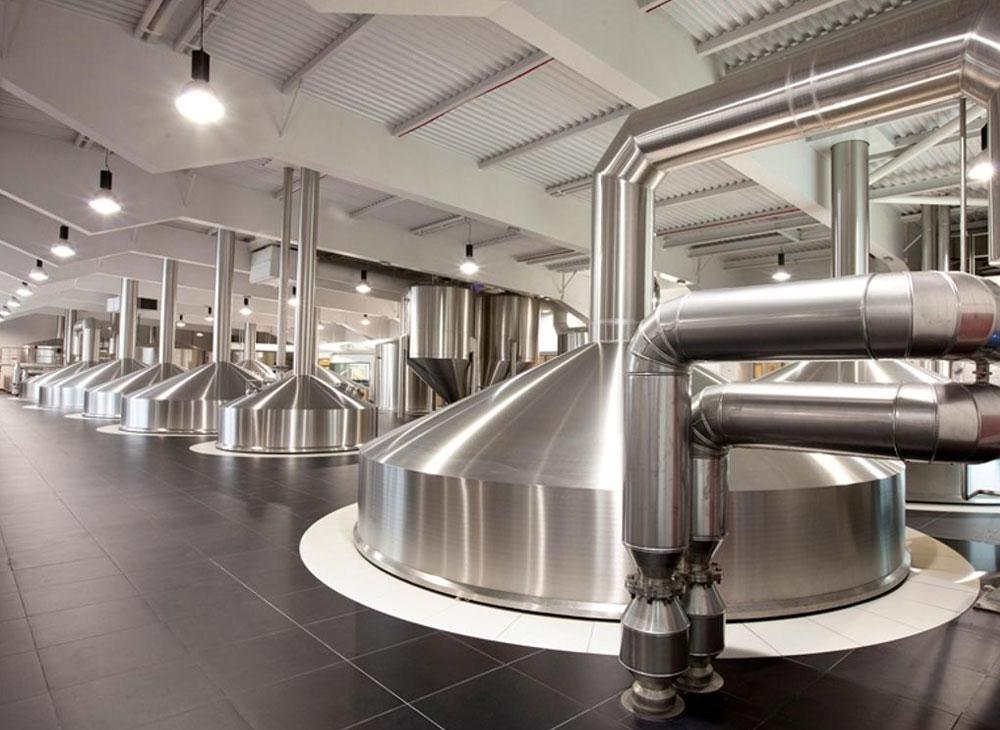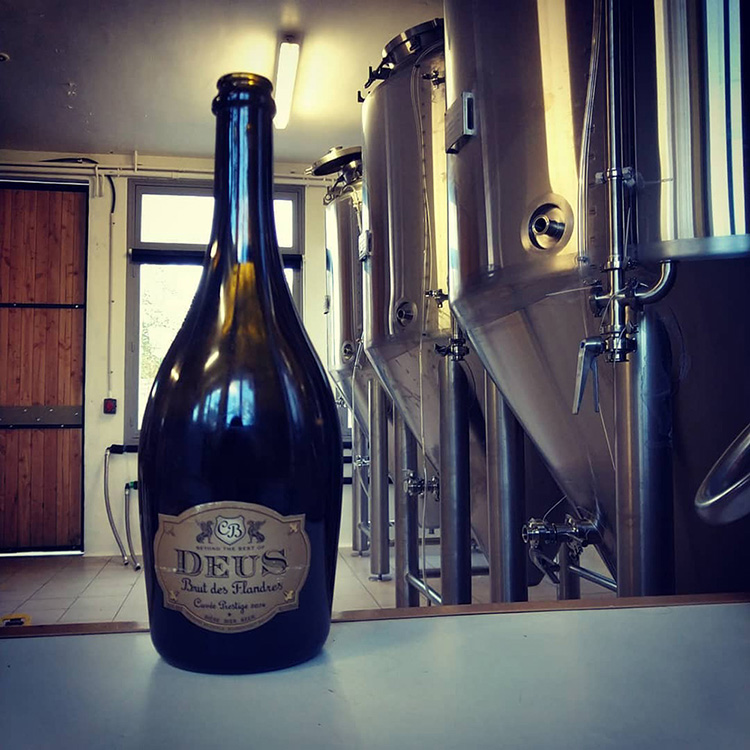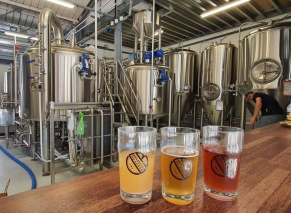.jpg)
Onceyou’vedecidedwhathopsyou’regoingtouse,youneedtodecidewhentoaddthem.
Thechoicesareintheprimaryfermenter,inthesecondaryfermenter,orinthekeg.dryhoppingintheprimaryfermenterwillwork,andisfavoredbysomebrewers,butconventionalwisdomteaches that the primary might not be optimal. The problem lies in the bubbling of the CO2 and theagitationofthewortduringprimaryfermentation.Thisbubblingandagitationtakessomeofthehoparomaoutofthebeerjustlikeboilingwould.This,ofcourse,maydefeatthepurposeofdryhopping,although
someofthehopessencewillsubsist.Ifyouchoosetodry-hopintheprimaryfermenter,youmaywanttoaddmorehopsthanyouwouldfordryhoppinginthesecondaryorkeg.
Thesecondaryfermenterisgenerallyconsideredthebestplacefordryhoppingforacoupleofreasons.
First,thebeerhasalreadymostlyfermentedso,asmentionedabove,thealcoholandlowpHhelpstowardoffanybacteriaontheun-sanitizedhops.Second,thevigorousCO2activityoftheprimaryisfinished,sothe
aromaofthehopswon’tbescrubbedoutofthebeer.
Thefinaloptionfordryhoppingisinthekeg.Here,itisadvisabletouseamuslinorcheeseclothbagtocontainthehops.Otherwiseyouruntheriskofsuckinghopsintothesystem,cloggingitup,orgettinghopsinto your glass. One concern with dry hopping in the keg is the extended duration that the hops are incontactwiththebeer.


.jpg)





Get A Quote